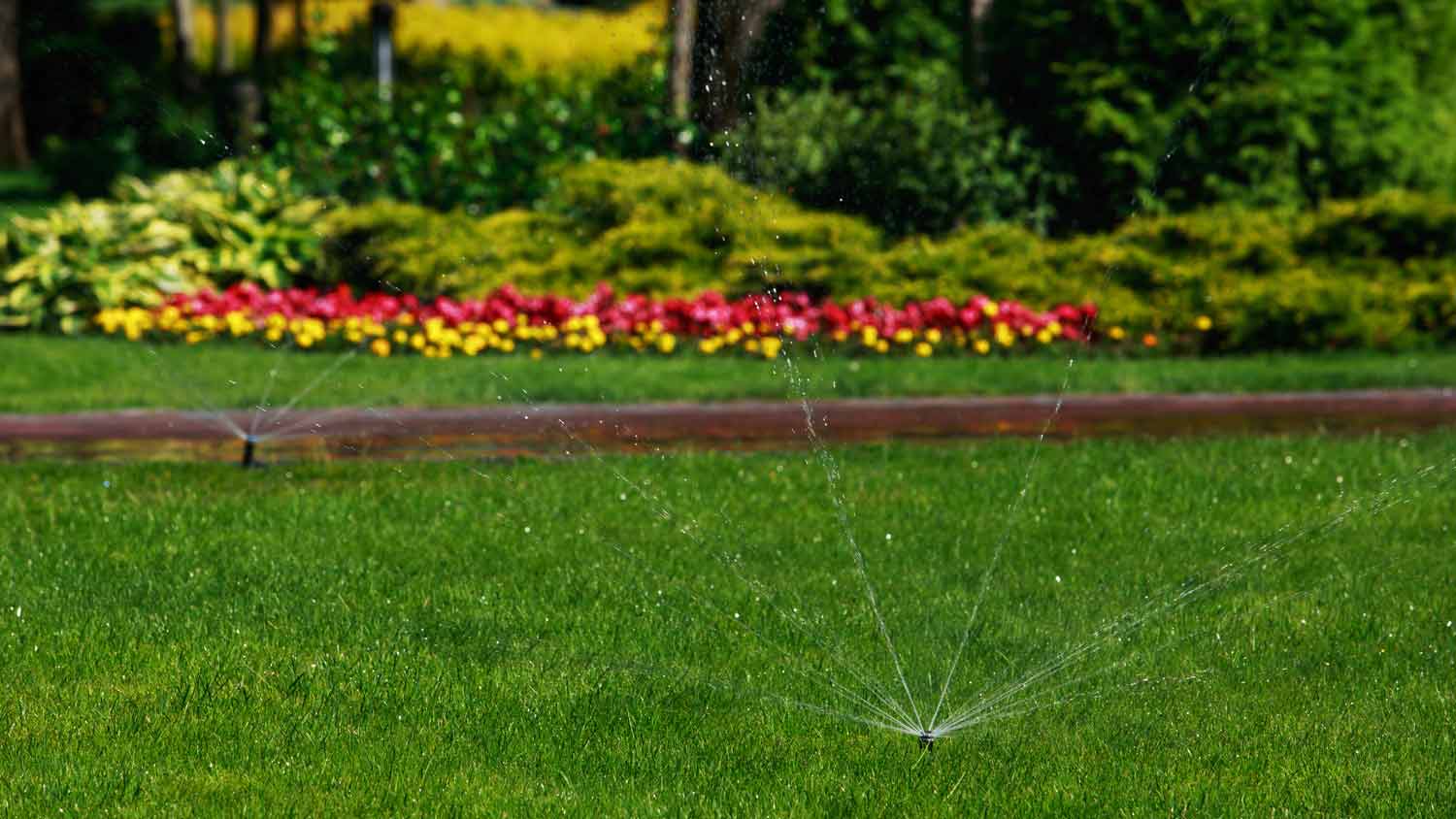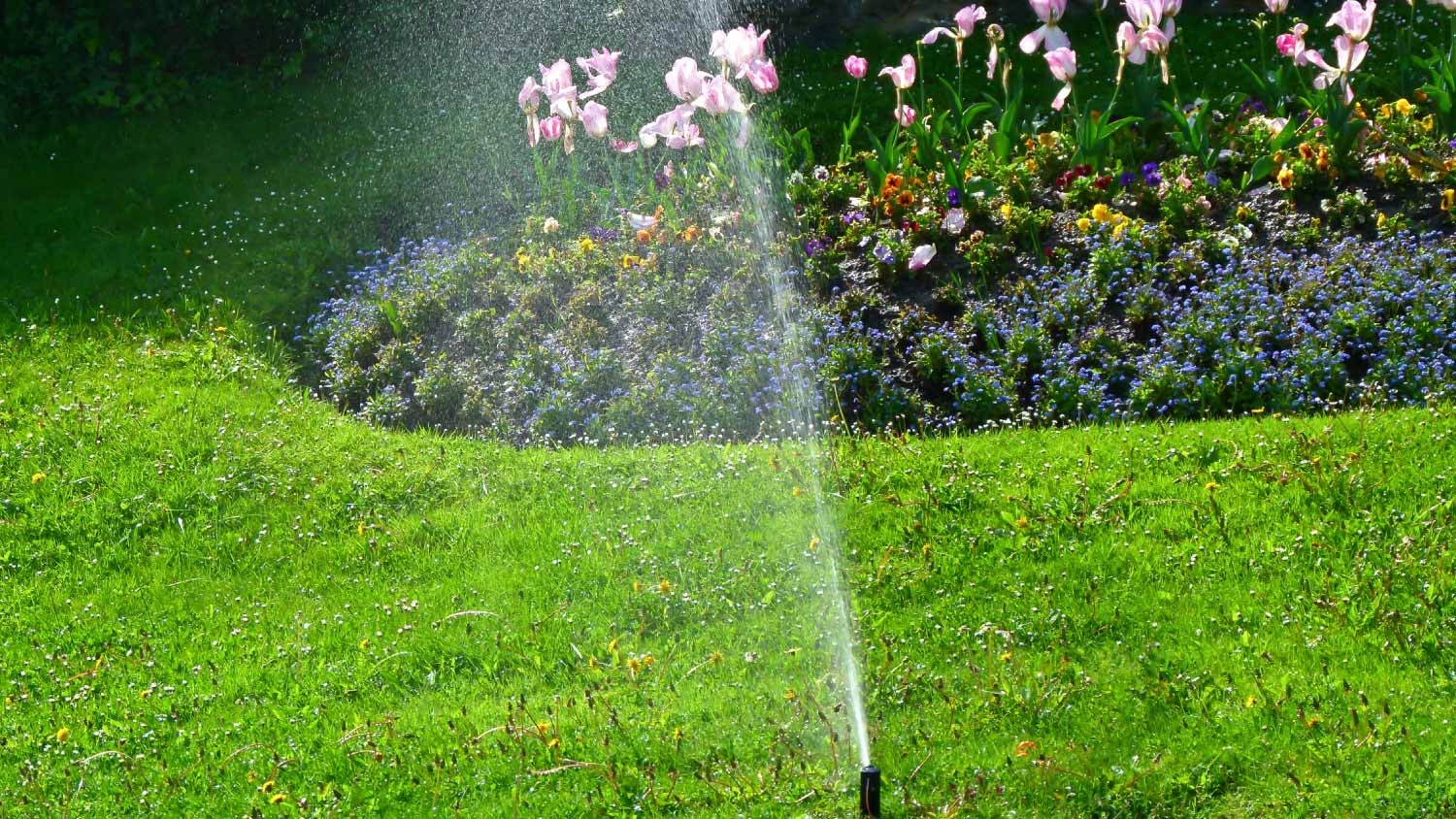Do You Need a Permit for a French Drain Installation?
Whether or not you need a permit to install a French drain depends on your area's code


Installing a small French drain usually doesn’t require a permit.
If your drain will be diverting water into a municipal drain or sewer or your property has a shallow water table, you may need a building permit.
A professional French drain installer will take care of getting any permits the project needs.
French drains are useful drainage systems that draw water away from your yard to prevent it from becoming, well, a swamp. Homeowners often use them in yards, gardens, and basements, and they’re also useful in large parks or athletic fields.
But there are some situations where French drains are not allowed, like when they divert water away from a stream or wetland. Always check with an official to get any necessary permits before having one installed on your property.
A french drain provides a sunken channel for water to disperse into the soil surrounding your home. Installing this type of system requires digging a trench and hooking up pipe connections, among other tasks, so it's best to hire a professional french drain installation company for this project.
Permits Needed to Install a French Drain
| Need a Permit | Don’t Need a Permit |
|---|---|
| New drain requires diverting a stream or wetland | Adding a small French drain to property that doesn’t alter runoff flow |
| Adding a drain that empties in municipal sewer or ditch | Local municipality requires a permit for all French drain installations |
| Installing a drain that discharges near a well or leach field | |
| Property features a shallow water table |
If installing the drain involves diverting a stream or affecting a wetland, you likely need a permit to move forward. Generally, a small French drain on your property that doesn’t change the flow of runoff entering and exiting your yard won’t need a permit. Major projects that warrant your French drain to discharge into a municipal sewer or roadside ditch, however, do require one.
Other scenarios that often warrant a permit include:
If discharging near a well or leach field
If your property has a shallow water table
If your French drain is near a wetland or stream
Fines for installing a French drain without a proper permit can cost you thousands of dollars per day of infringement. If you chance it, you’re at risk of draining your bank account.
How Much Do French Drains Cost?
The cost of a French drain typically ranges between $10 and $100 per linear foot, including labor and materials. That’s equal to about $9,250 on average, but prices can be as low as $500 and reach upwards of $18,000.
The total cost depends on the size and scope of the project. Installation is more expensive in hard-to-reach or less accessible areas, like basements where French drain installation requires cutting into concrete.
How to Install a French Drain

Depending on the size of your yard and desired French drain, you may be able to install one yourself. To install a French drain, you’ll need to purchase supplies and equipment, including shovels, drain pipes, drain grates, filter fabric, and gravel.
The installation process follows these basic steps:
Choose a location
Dig a trench
Line the trench with water-permeable fabric
Fill trench with a layer of gravel
Lay pipes along rock bed
Fill trench with remaining gravel
Backfill trench with topsoil if desired
DIY French Drain Installation vs. Hiring a Pro
It’s tempting to save money and install a French drain yourself, but this project is definitely best left to a professional. A pro will understand the permits and inspections required, and they’ll ensure that no mistakes are made in the process. In addition, the slope and placement of a French drain is critical. A pro will understand how to angle the pipe so that the correct amount of water flows away from your home’s foundation and yard. DIY mishaps in this project can lead to very expensive repairs.
Depending on the size and scale of your French drain installation project, you can either DIY or call a French drain installer near you to help. You can even do a partial DIY if you know how to lay pipe but don’t have the heavy equipment needed to dig the trench. Either way, consult with your municipality and call 811 Dig Safe to locate utility lines before digging.
If you hire an experienced contractor to do the entire job, they will often take care of the necessary permits beforehand. That’s not the case if you decide to DIY or partially DIY.
What Is a French Drain?
If you find yourself stepping in wet muck every time you walk through your yard, or if your basement floods after every big rain storm, consider installing a French drain. Not only do French drains make your property more pleasing to the eyes (and feet), but they also prevent pools of water from forming and loosening the foundation, flooding the basement, and drowning the grass.
Essentially, a French drain is a ditch containing a pipe surrounded by gravel. Experts recommend lining the trench with water-permeable fabric to keep it free of dirt, silt, and tree roots. The pipe itself is perforated with holes to allow water to seep down and enter it. The pipe then leads the water away from your yard to a more appropriate drainage area, like a rain barrel or storm drain.
People walking over the top of the drain won’t notice much, except a strip of gravel. Or, you can add a layer of topsoil to conceal it even further. If you’re installing a French drain system under your driveway, consider using a strong PVC pipe that can withstand the weight of vehicles driving over it.
















